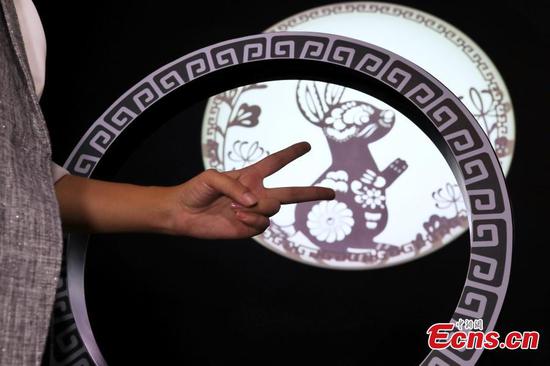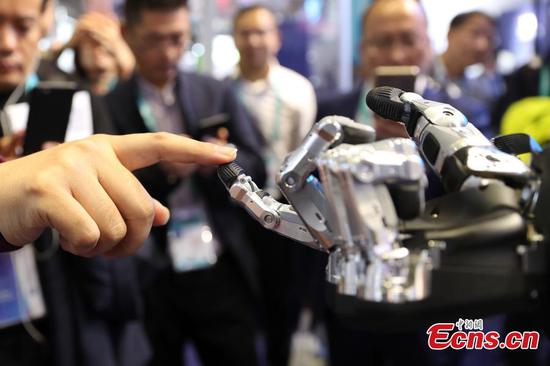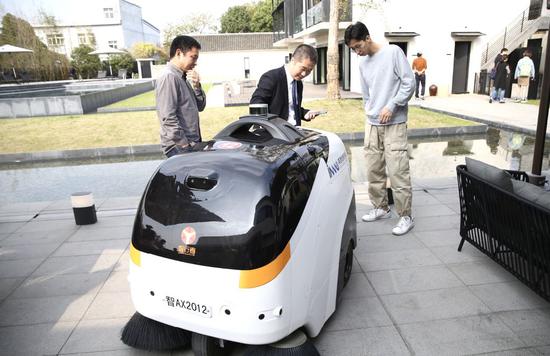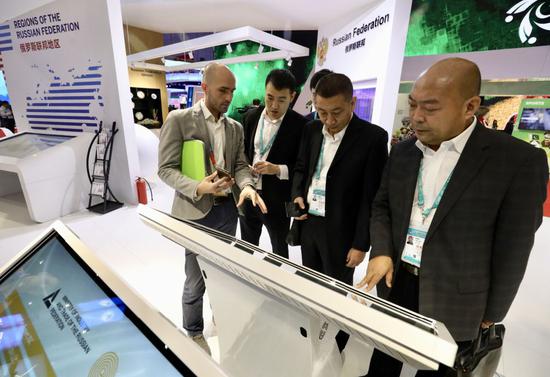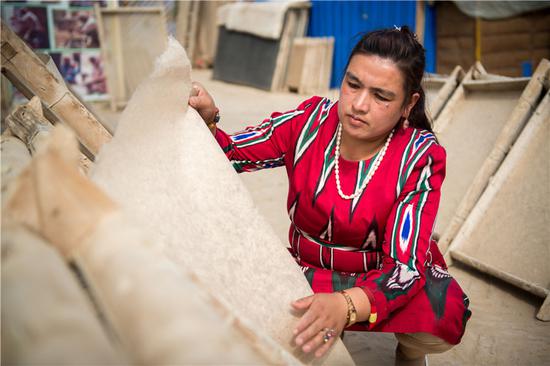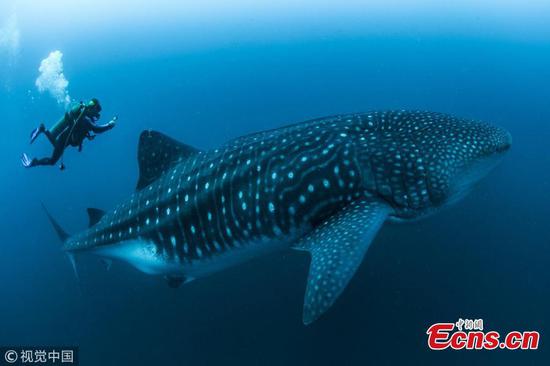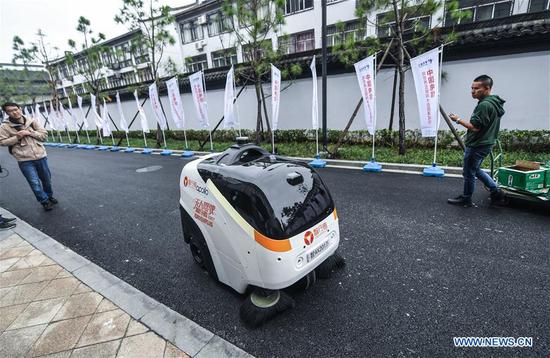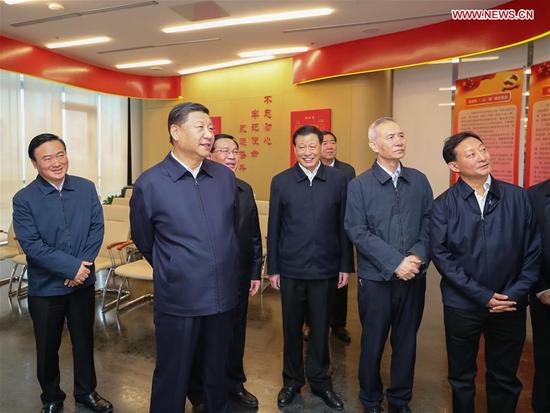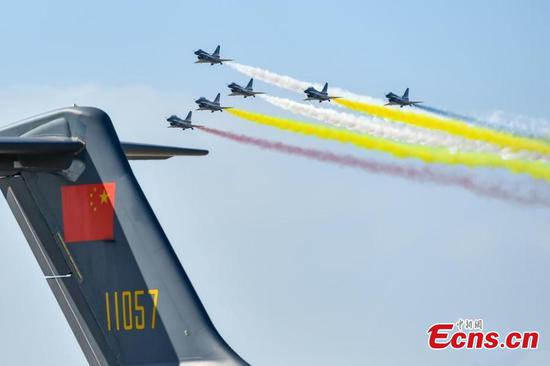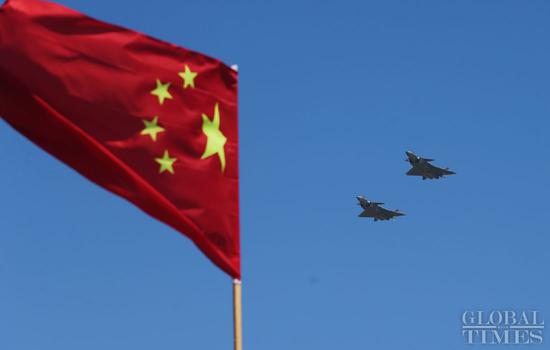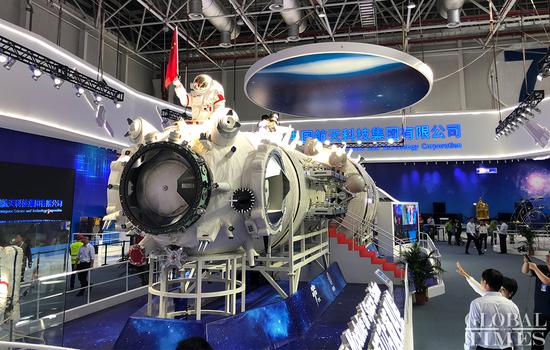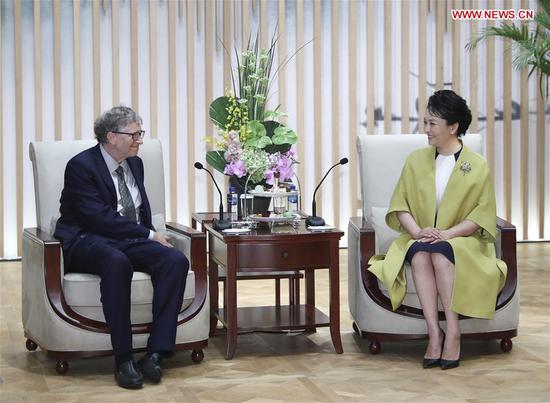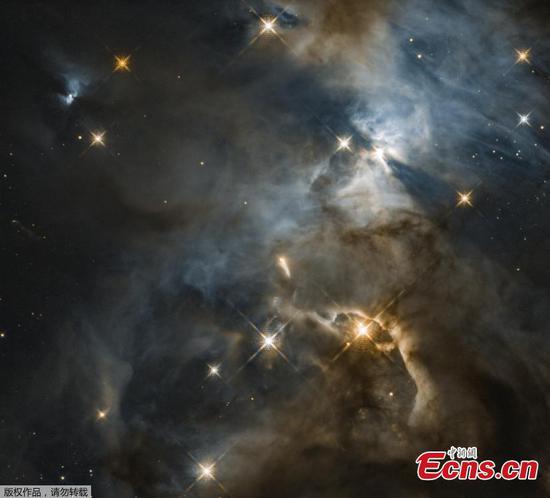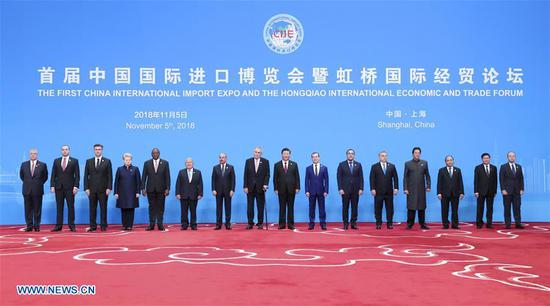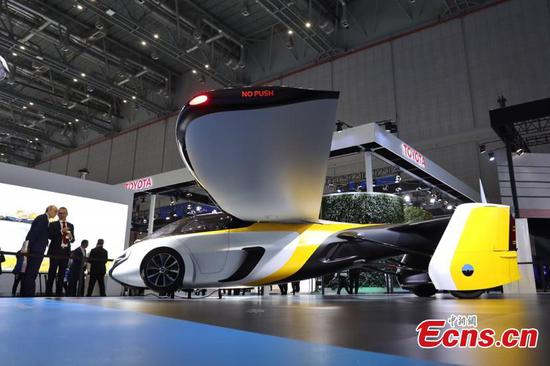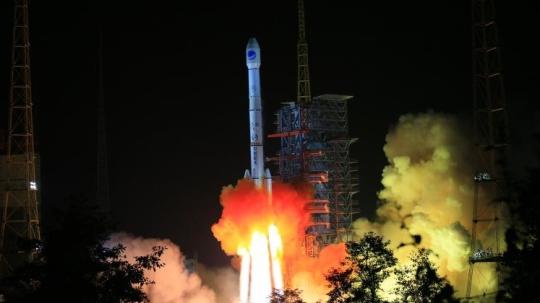
China has successfully launched its 41st Beidou navigation satellite from a long march-3b carrier rocket at the Xichang Satellite Launch Center at 23:57 on Nov. 1, 2018. (Photo/CGTN)
Engineers are developing a new carrier rocket to launch China's next-generation manned spacecraft into low-Earth orbits or as far as the moon, said China Aerospace Science and Technology Corp, a major space contractor.
Hu Xiaojun, a rocket researcher at the company's China Academy of Launch Vehicle Technology, said on the sidelines of the ongoing 12th China International Aviation and Aerospace Exhibition in Zhuhai, Guangdong Province, that the new rocket, which has yet to be named, is intended for China's future manned space flights, which will be carried out by a new-generation spacecraft, and manned lunar explorations that Chinese scientists have been planning for a long time.
For the long term, the new rocket will also be used in conjunction with the Long March 9-a rocket that is under development and that will be China's most powerful carrier rocket-to transport construction materials to the moon for a permanent base there, he said.
Officials and space scientists have said several times in the past three years that the nation has a plan to place Chinese astronauts on the moon and even establish scientific facilities there.
The China Academy of Launch Vehicle Technology said the new rocket will be 90 meters tall, with a diameter of 5 meters, which means it will be almost twice as tall as the Long March 5, currently the biggest of China's rockets. Its maximum liftoff weight will be nearly 2,000 metric tons, twice as heavy as the Long March 5.
The gigantic craft will be capable of placing a 25-ton spacecraft in a lunar transfer trajectory or a 70-ton spacecraft into a low-Earth orbit.
Feasibility research on the new rocket started in 2016. Engineers have conducted several major tests on new kinds of engines to be used for the rocket. Designers are focusing on key technologies, the academy said.
The China Academy of Space Technology said its researchers are developing China's second-generation spacecraft, and it will have a new aerodynamic design that will be more streamlined than the Shenzhou series, the nation's first-generation manned spacecraft.
The new spacecraft will be 9 meters long and weigh 23 tons. It will consist of two sections: a re-entry module that will host astronauts and control the entire craft during a spaceflight and a service module with power and propulsion systems, according to the space technology academy.
By comparison, a Shenzhou spacecraft has three sections: re-entry, orbital and propulsion modules.
The new spacecraft will be reusable and will serve lunar missions and deep-space expeditions, it added.










